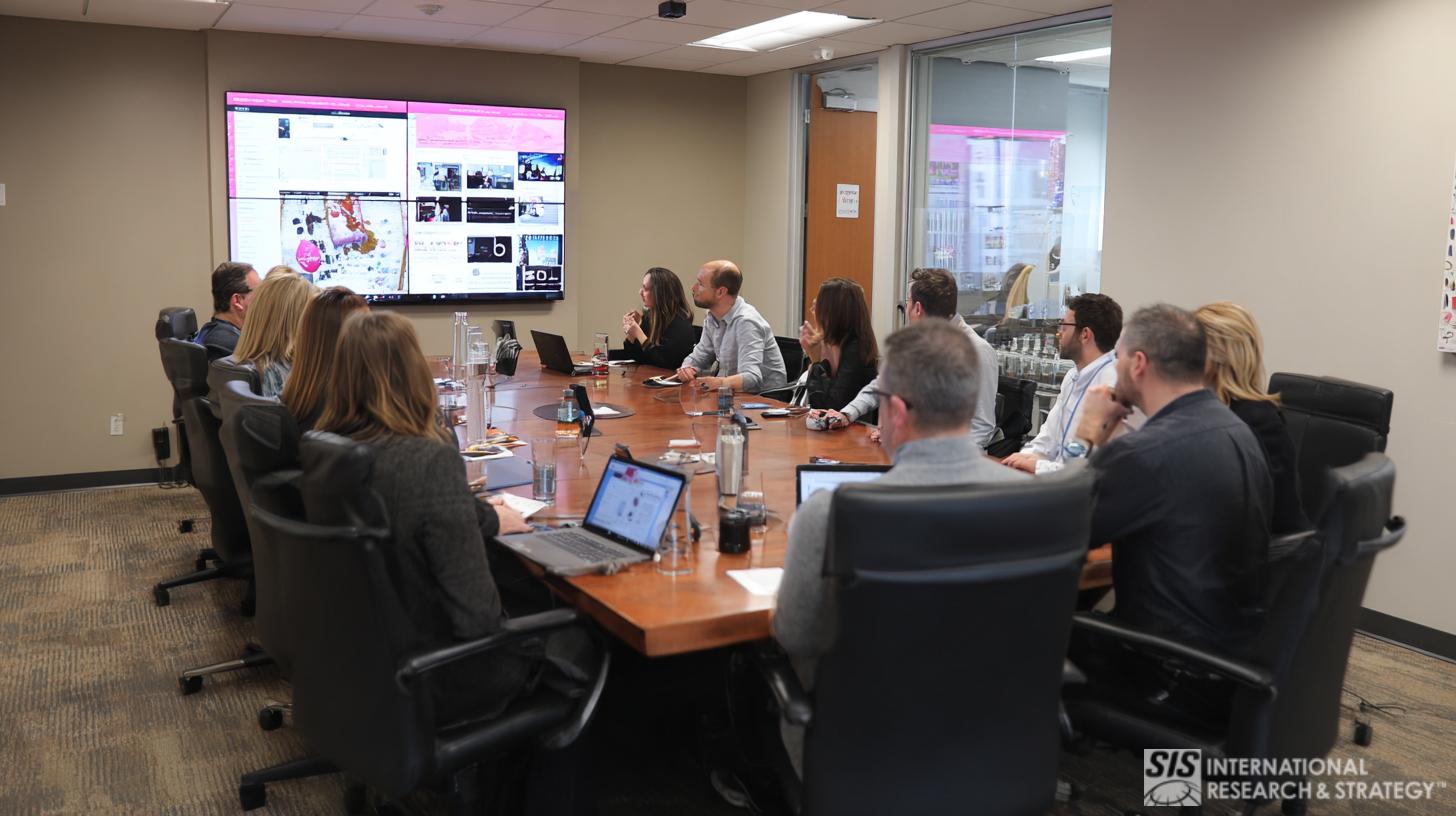
One of the most daunting challenges in today’s global economy is the “Talent crunch” and challenges in scouting, recruiting, and growing talented people in your firm. Ageing societies are struggling to find qualified people to run complex and high-technology processes.
Attracting and retaining talent can mean the difference between success and failure in today’s fast-paced global economy. Significant trends are impacting HR management functions, including the rise of Artificial Intelligence, Data Science, Automation and Algorithms.
Znaczenie zarządzania talentami
Zarządzanie talentami jest istotne z następujących powodów:
- Coraz więcej firm uważa funkcję HR za strategiczną.
- Specjaliści ds. kadr nadal uważają, że ich pracownicy nie są odpowiednio przygotowani do realizacji przyszłych planów firm.
- Zarządzanie zasobami ludzkimi obejmuje narzędzia programowe i zarządcze, ale wiele firm posługuje się narzędziami i procesami ręcznymi.
- Automatyzacja poszczególnych funkcji związanych z talentami wspomagana technologią stwarza znaczące możliwości ograniczania kosztów.
- Cross-functional HR metrics leveraging workforce analytics can provide an advantage.
- Pokolenie Millenialsów częściej zmienia pracę, co sprawia, że pozyskiwanie talentów i zatrzymywanie pracowników w dziale HR ma kluczowe znaczenie
- Coraz większego znaczenia nabierają pomiary i zarządzanie wskaźnikami, kluczowymi wskaźnikami efektywności i analiza siły roboczej.
Pozyskiwanie talentów
A robust Talent Management function within a company hires beyond the traditional model of looking only at skills; instead, they hire by “talent.” Focusing on defining the talent needed to reach organizational goals and building a plan to make certain you have the talent available are the crucial first step in a robust TM function.
Ich podejście wykracza poza podejście zewnętrzne. Menadżerowie muszą być w stanie poznać własne talenty, co wymaga dużej introspekcji. Pewny siebie lider nie ma problemu z zatrudnianiem ludzi lepszych od siebie.
As part of a company’s long-term Talent Management procedures, much of the scouting process involves getting both managers and members of Generation Y on board. Generation Y has fundamentally different objectives in their behavior, outlook and interaction in the workplace. Generation Y, as a baby boom generation, is widely considered one of the most important generations in advancing a rapidly ageing workforce.
Integracja pokolenia Y w miejscu pracy
SIS has built a model that proactively integrates very talented members of Generation Y in creative development, strategic planning and research. Essentially, the goal is to harness both the strengths of older and younger generations, while minimizing the intergenerational tensions that often arise in corporate settings.
Embracing Generation Y is one possible method. For example, at SIS, managers fully embrace the youth. We provide them with an uncommon opportunity for experience and confidence to allow them the opportunity to thrive. And through their perspectives, we have considered many new initiatives that have continued to our success, our commitment to innovation and ability to provide high degrees of client value. But, what works in our company may not work in others. It is a matter of striking the right balance between strategy and culture.
Making Your HR Function More Strategic
The Talent Management function certainly considers necessary skills and the candidates’ ability to grow their skills, applying them to core business processes and leading change. Talent Managers analyze the candidate’s ability to fit within the corporate culture, viewing corporate culture as a valuable competitive advantage. For certain companies, integrity, responsibility and character are important in ensuring that the company’s long-term interests will be fulfilled. For example, many financial services firms look to ensure that their new talent are group-oriented to minimize self-serving behavior that could potentially endanger their firms.
Dopasowanie talentu do kultury korporacyjnej nie jest pustym marketingowym żargonem. Silna kultura korporacyjna z pracownikami na pokładzie przyczynia się do silnych przewag konkurencyjnych w firmach takich jak Southwest i Apple.
W korporacjach o sztywnych strukturach organizacyjnych często może być znaczna liczba utalentowanych ludzi. Ale kiedy utalentowani profesjonaliści nie czują się doceniani, szanowani lub nie czują wystarczającej swobody, aby wymyślać i wdrażać kreatywne pomysły.
Pomiar wartości w zarządzaniu talentami
Wiele firm naciska na budowanie środowisk, które pielęgnują silne relacje z pozyskiwaniem talentów. Dzieje się tak ze względu na ogromną wartość talentu w działalności firmy i konkurencję, która może powstać, jeśli pozyskiwanie talentów nie zostanie zaspokojone. Ponadto firmy chcą mieć pewność, że ich talent będzie się rozwijał, nawet jeśli kultura korporacyjna jest sztywna. Wiele firm uważa, że najlepszym sposobem na to jest stworzenie dla swoich utalentowanych pracowników sieci silnych relacji opartych na prawdzie, niezawodności i zaufaniu.
Firmy mogą teraz używać zintegrowanych, złożonych intranetów do udostępniania wiedzy, aby umożliwić swoim pracownikom kontakt z utalentowanymi ekspertami w całej korporacji w celu natychmiastowego rozpowszechniania wiedzy technicznej na wysokim poziomie. Wniosek z tego jest taki, że wdrażanie procesów pozwala firmie natychmiast wykorzystać i wykorzystać ich talent.
A long-term perspective
Talent Management is a long-term process, with three potential ways to continually cultivate their talent:
- Przekwalifikować – musimy przeszkolić ludzi i upewnić się, że mają oni odpowiednie zasoby do wykonania zadań
- Zmiana położenia – do not discard antiquated talent, but help reposition them periodically according to their strengths within the company
- Odchodzić – zaplanuj z pracownikami ich emerytury i przyszłość, aby budować dobrą wolę i lojalność
O badaniu rynku zarządzania talentami
Talent Management Market Research provides data, insights and strategies to drive performance with your company’s most valuable resources — your team. We conduct Qualitative Research, Quantitative Research, and Strategy Research. In Qualitative Research, we conduct Focus Groups, In-Depth Interviews, Workplace Ethnography, and Online Communities. In Quantitative Research, we conduct employee surveys and surveys with prospective candidates. In Strategy Research, we conduct research into the competitive landscape, competitive analysis, Market Opportunity Research, and Market Sizing.



